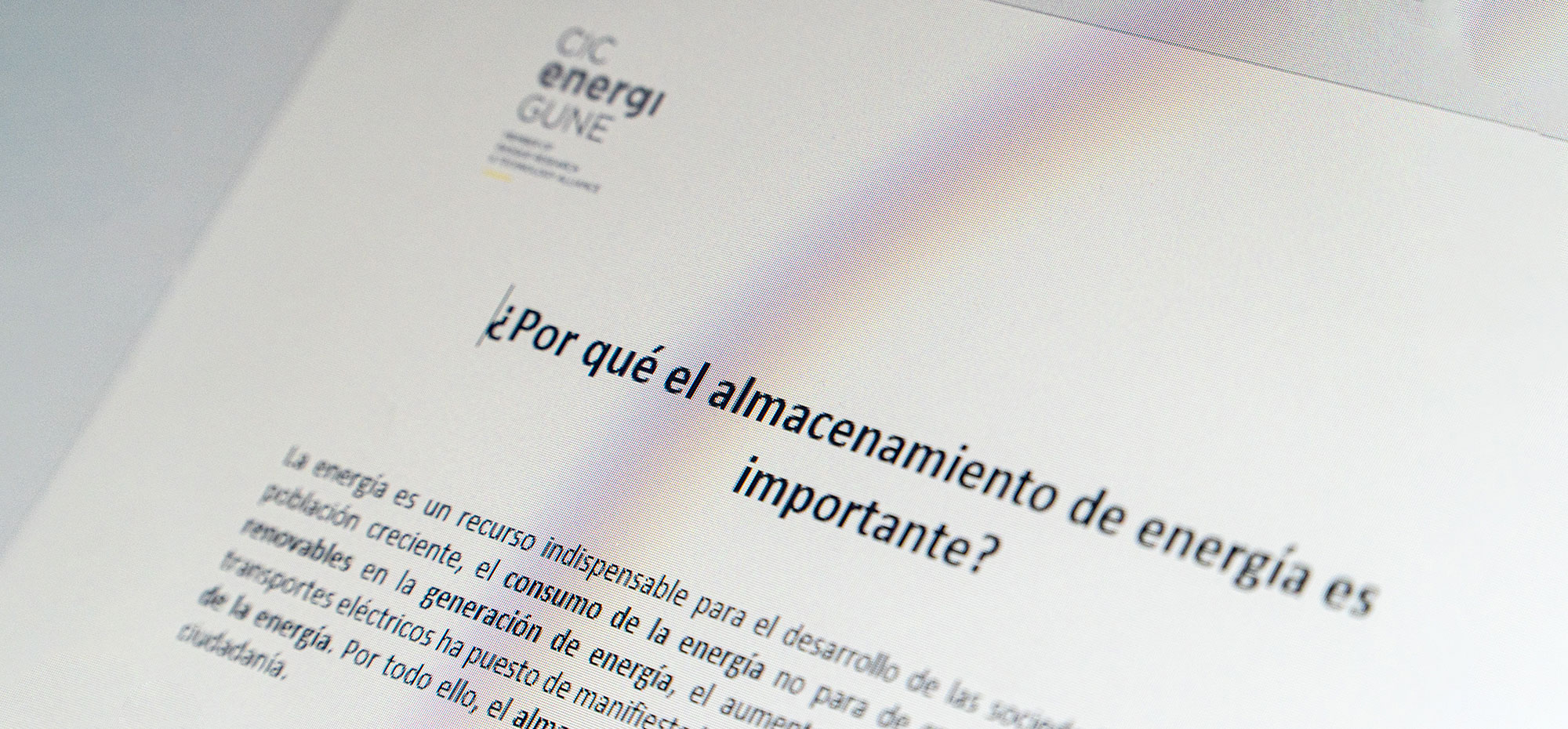Because of this, and at the same time as the other elements, the industry is working on defining potential anode options that can optimize current features for future generations of batteries. Mainly with a view to their use in electromobility, which seems to be the major application that will determine the future of batteries in the upcoming years.
This is why, especially, efforts are focused on improving the energy density and capacity of batteries, as well as on recharge periods (key elements for the future of electric cars) thanks to optimized formulas or new anode solutions.
Traditionally, anode technologies used in industry and in batteries (for example, lithium-ion) have been based on graphite (both artificial and natural). However, it seems clear that this solution is reaching its theoretical limit both in terms of capacities due to its specific capacity, and in terms of power delivery and fast charging due to the slow dynamics of insertion and extraction of lithium ions between the carbon layers. Therefore, the future depends on an optimization of this formula or on new alternatives that can revolutionize battery performance from the anode standpoint.
HARD CARBON AS AN EVOLUTION OF CURRENT GRAPHITE
As mentioned above, anodes based on graphite have traditionally been the preferred choice for lithium-ion batteries. This is due to its structural and chemical stability, as well as other properties such as weight or availability, which have also made it a lower cost alternative compared to others, especially when based on natural graphite.
It should be noted, however, that the favorite option for the automotive industry has been to use batteries with artificial graphite anodes, despite their higher price compared to natural graphite. These types of compositions offer better results in terms of capacity and life cycles compared to natural solutions, which has led to their preference within the sector. In addition, the massive use of natural graphite has come to compromise its availability, being already qualified in some forums as a critical material; an aspect that is also solved with the use of artificial graphite.
Despite its advantages and availability, it seems clear, as already mentioned, that both natural and artificial graphite-based alternatives are reaching their "peak" in terms of technological development, theoretical capacity, and charging and discharging performance. For this reason, work is being done to "evolve" this solution to a new alternative that will allow the advantages of graphite to continue to be exploited in future generations of batteries.
It seems that this route involves the so-called "hard carbon", which involves using a solid form of carbon as an anode that is characterized, among other things, by being "non-graphitizing", i.e., it is a carbon solution that cannot be converted into graphite by heat treatment.
Thanks to its porous structure, this solution may continue to play a key role in the future of the energy storage sector, especially in relation to the promising sodium-ion batteries, where its impact in terms of improving the energy density of this type of device has already been proven.
However, the results developed in other lines of research suggest that other compositions will triumph in the future. At least in terms of their use in batteries for electric mobility.
THE EXPECTED PROMINENCE OF SILICON
Despite being an already partially available solution on the market in combination with graphite, the technological path and development foreseen for silicon anodes suggests that they can be positioned as one of the major solutions for developing batteries that meet the needs and requirements of electromobility.
Silicon itself has two fundamental advantages over graphite that have always awakened the interest of the industry: greater active capacity and higher energy density. As a result, there are already solutions that use this material in the anode composition, mixing it with carbon in order to combine the strengths of both materials. However, these solutions seem to have an expiration date, since the future of this type of anode will be based on alternatives that include high percentages of silicon through nano-silicon or silicon oxide.
Two of the current startups in the battery world, Sila Nano and Enovix, are working on this solution. Through their technological proposal (which, in the case of the former, has already impressed companies such as Mercedes or BMW), they have managed to increase the energy density of batteries whilst also reducing their weight and cost.
It is now expected that with their next technological generations they will be able to respond to this solution´s main drawback: the degradation and shorter useful life that the formation of layers of solid electrolyte interfaces and volumetric changes can cause in this type of anodes. Once the answer to this challenge has been given, the whole industry seems to agree that the second part of this decade will be dominated by this type of anode.
THE LONG-TERM LITHIUM OPTION
Lithium has always been one of the main raw materials in the battery industry, and the future could once again depend on it to boost the performance of the anodes in next-generation batteries.
Lithium as an anode offers a great advantage over graphite or silicon in terms of energy density, which is significantly higher than the other two alternatives. This makes it a great solution for batteries to be used, for example, in the electric car industry, where autonomy and range of kilometers is one of the key variables. Likewise, its lighter weight compared to the other two materials allows it to further strengthen its position as the solution to be adopted by an industry such as the electric vehicle industry in the future.
These two characteristics have always been recognized in the battery industry, but the reason why it has not been possible to take advantage of them is the stability of lithium as an anode when combined with liquid electrolytes. This is what has led to the fact that, so far, it has not been possible to use them, as conventional generations are based on electrolytes of this type. It is precisely this lack of attractiveness that has caused the other "weakness" of these solutions compared to graphite or silicon: the lack of industrialization for the mass production of this type of anode.
However, all this could change with the arrival of solid electrolyte batteries on the market, the "Holy Grail" with which the definitive boom of the energy storage industry and applications such as electric vehicles or renewable energies is expected. It is precisely its main feature that solves a large part of the equation that has so far prevented the use of lithium anodes, by substituting solid electrolyte for conventional liquid electrolyte. Hence, industry leaders such as Factorial, Prologium, QuantumScape, SES, Solid Power or Basquevolt are already working on the development and industrialization of solutions that include the use of this type of anodes, which could be the most popular once solid-state batteries dominate the market at the end of this decade or early next decade.
In any case, there are still important areas for improvement related to the use of lithium anodes, mainly in terms of charging and discharging speed and industrialization. Although there are opportunities for improvement through different lithium metal manufacturing and treatment processes, it will take time to industrialize and definitively implement them in the automotive sector.
As can be seen, it seems clear that, just as it seems that the paradigm of electrolytes will change (from liquid to solid), so will that of anodes (leaving aside the popular graphite for silicon or lithium options). This is a consequence of the expected evolution of the sector given its criticality for the future of the energy transition, which explains the importance of the research and development that centers such as CIC energiGUNE itself are currently developing for the future of sustainability.









